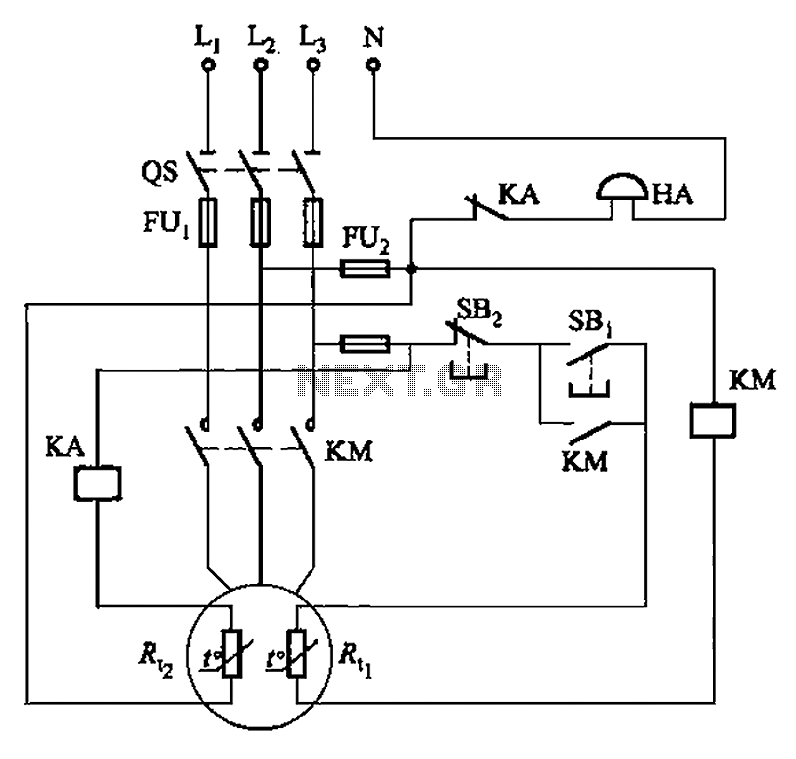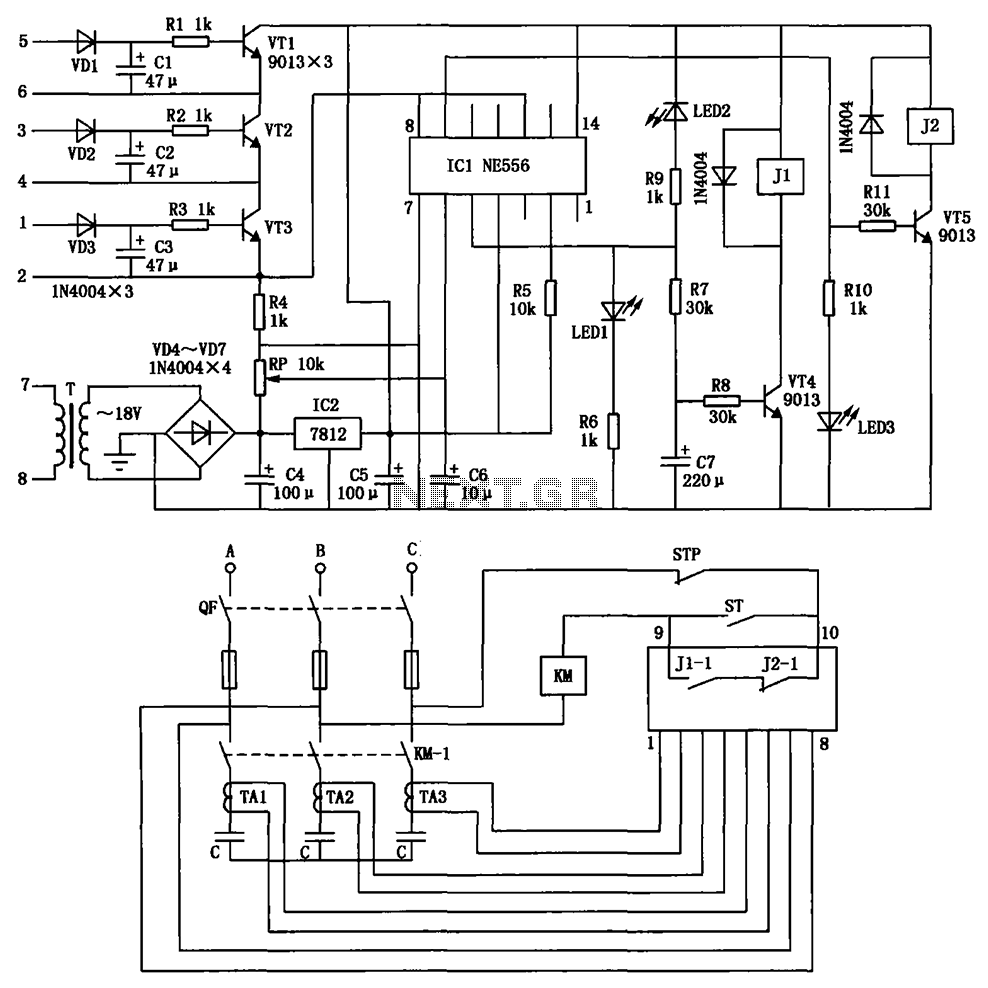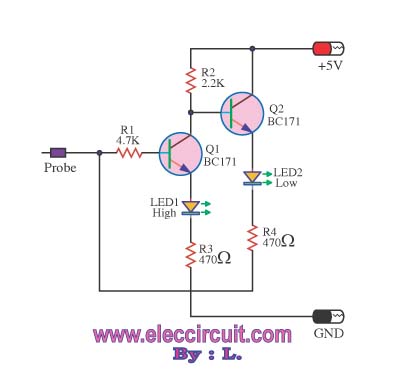
Logic PSU with Overvoltage Protection

The 5 volt regulated power supply for TTL and 74LS series integrated circuits has to be very precise and tolerant of voltage transients. These ICs are easily damaged by short voltage spikes. A fuse will blow when its current rating is exceeded, but requires several hundred milliseconds to respond. This circuit will react in a few microseconds, triggered when the output voltage exceeds the limit of the zener diode.
The circuit described is a precision voltage regulator designed to provide a stable 5V output suitable for TTL and 74LS series integrated circuits. These ICs are sensitive to voltage fluctuations, making it essential for the power supply to maintain a consistent voltage level while being resilient to transient spikes.
The heart of the circuit is a zener diode, which serves as a voltage reference. When the output voltage exceeds the zener breakdown voltage, the diode conducts, providing a rapid response to overvoltage conditions. This feature is critical for protecting sensitive ICs from damage due to voltage spikes, which can occur in various scenarios such as power surges or inductive switching.
To enhance the circuit's response time, a combination of capacitors can be employed at the output. These capacitors act as local energy reservoirs, smoothing out any rapid fluctuations in voltage and providing immediate current when needed. The selection of capacitor values should be based on the load characteristics and the expected transient response.
Additionally, the circuit can incorporate a fast-acting electronic fuse or a resettable fuse (PTC) that can respond much quicker than traditional fuses. This electronic fuse can disconnect the load in the event of a fault condition, providing an additional layer of protection for the connected ICs.
The power supply should also include filtering components, such as inductors or ferrite beads, to further suppress high-frequency noise that may affect circuit performance. Proper PCB layout and grounding techniques are vital in minimizing electromagnetic interference (EMI) and ensuring stable operation.
In summary, this 5V regulated power supply circuit is designed with precision and transient protection in mind, utilizing a zener diode for voltage regulation, capacitors for transient response, and additional protective components to safeguard sensitive TTL and 74LS series integrated circuits from potential damage.The 5 volt regulated power supply for TTL and 74LS series integrated circuits, has to be very precise and tolerant of voltage transients. These IC`s are easily damaged by short voltage spikes. A fuse will blow when its current rating is exceeded, but requires several hundred milliseconds to respond.
This circuit will react in a few microseconds, triggered when the output voltage exceeds the limit of the zener diode. 🔗 External reference
The circuit described is a precision voltage regulator designed to provide a stable 5V output suitable for TTL and 74LS series integrated circuits. These ICs are sensitive to voltage fluctuations, making it essential for the power supply to maintain a consistent voltage level while being resilient to transient spikes.
The heart of the circuit is a zener diode, which serves as a voltage reference. When the output voltage exceeds the zener breakdown voltage, the diode conducts, providing a rapid response to overvoltage conditions. This feature is critical for protecting sensitive ICs from damage due to voltage spikes, which can occur in various scenarios such as power surges or inductive switching.
To enhance the circuit's response time, a combination of capacitors can be employed at the output. These capacitors act as local energy reservoirs, smoothing out any rapid fluctuations in voltage and providing immediate current when needed. The selection of capacitor values should be based on the load characteristics and the expected transient response.
Additionally, the circuit can incorporate a fast-acting electronic fuse or a resettable fuse (PTC) that can respond much quicker than traditional fuses. This electronic fuse can disconnect the load in the event of a fault condition, providing an additional layer of protection for the connected ICs.
The power supply should also include filtering components, such as inductors or ferrite beads, to further suppress high-frequency noise that may affect circuit performance. Proper PCB layout and grounding techniques are vital in minimizing electromagnetic interference (EMI) and ensuring stable operation.
In summary, this 5V regulated power supply circuit is designed with precision and transient protection in mind, utilizing a zener diode for voltage regulation, capacitors for transient response, and additional protective components to safeguard sensitive TTL and 74LS series integrated circuits from potential damage.The 5 volt regulated power supply for TTL and 74LS series integrated circuits, has to be very precise and tolerant of voltage transients. These IC`s are easily damaged by short voltage spikes. A fuse will blow when its current rating is exceeded, but requires several hundred milliseconds to respond.
This circuit will react in a few microseconds, triggered when the output voltage exceeds the limit of the zener diode. 🔗 External reference





